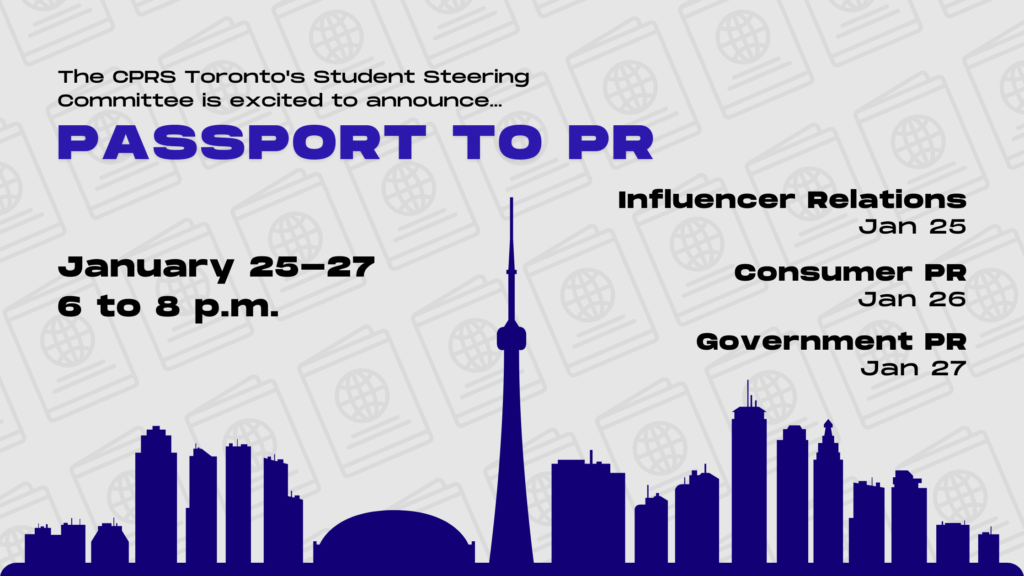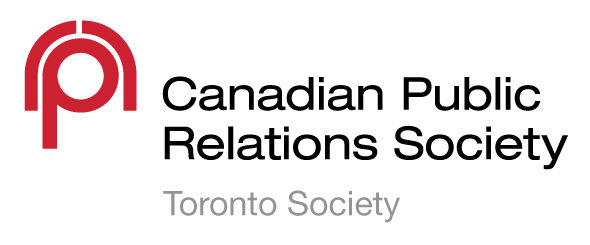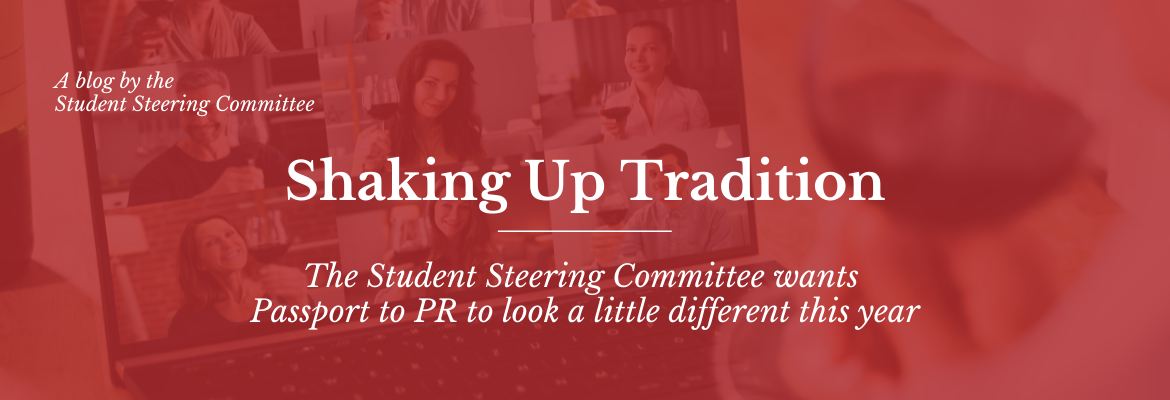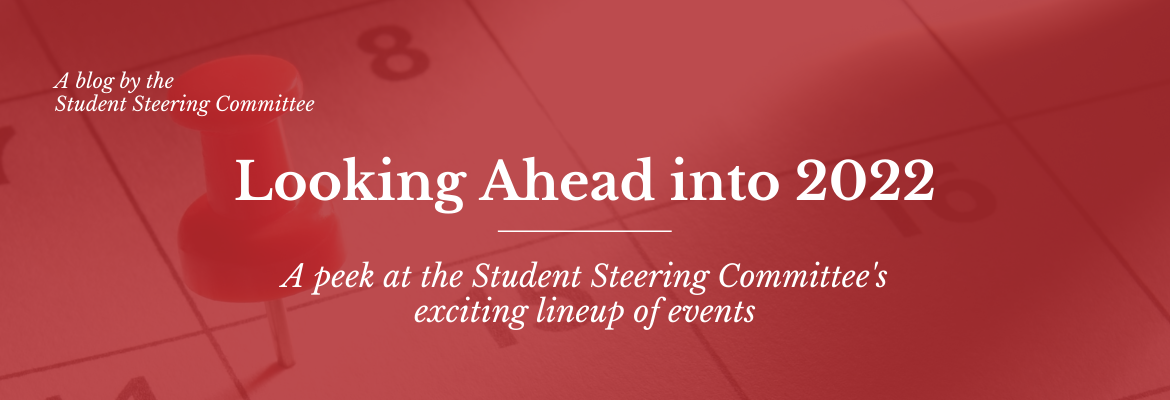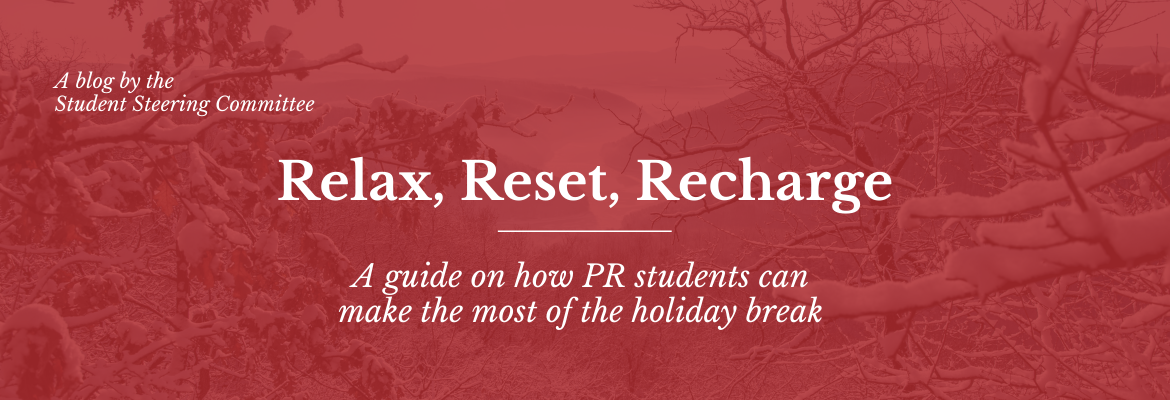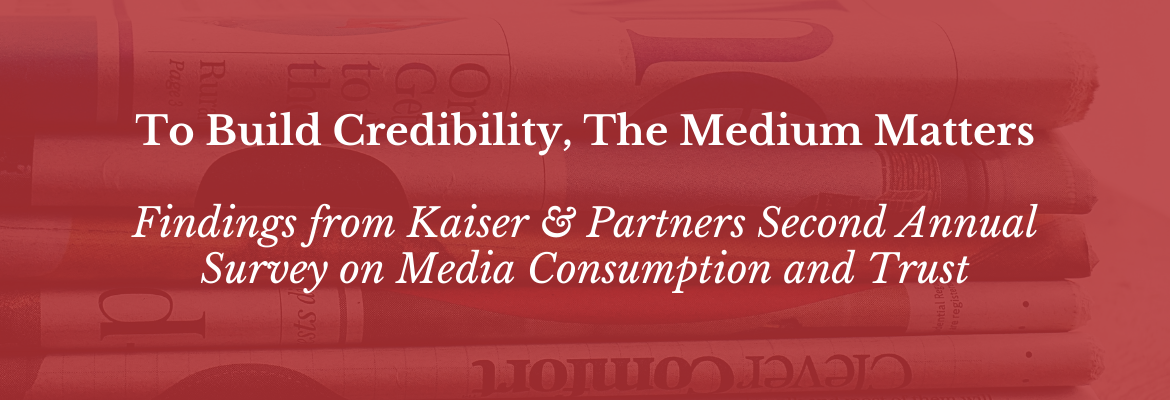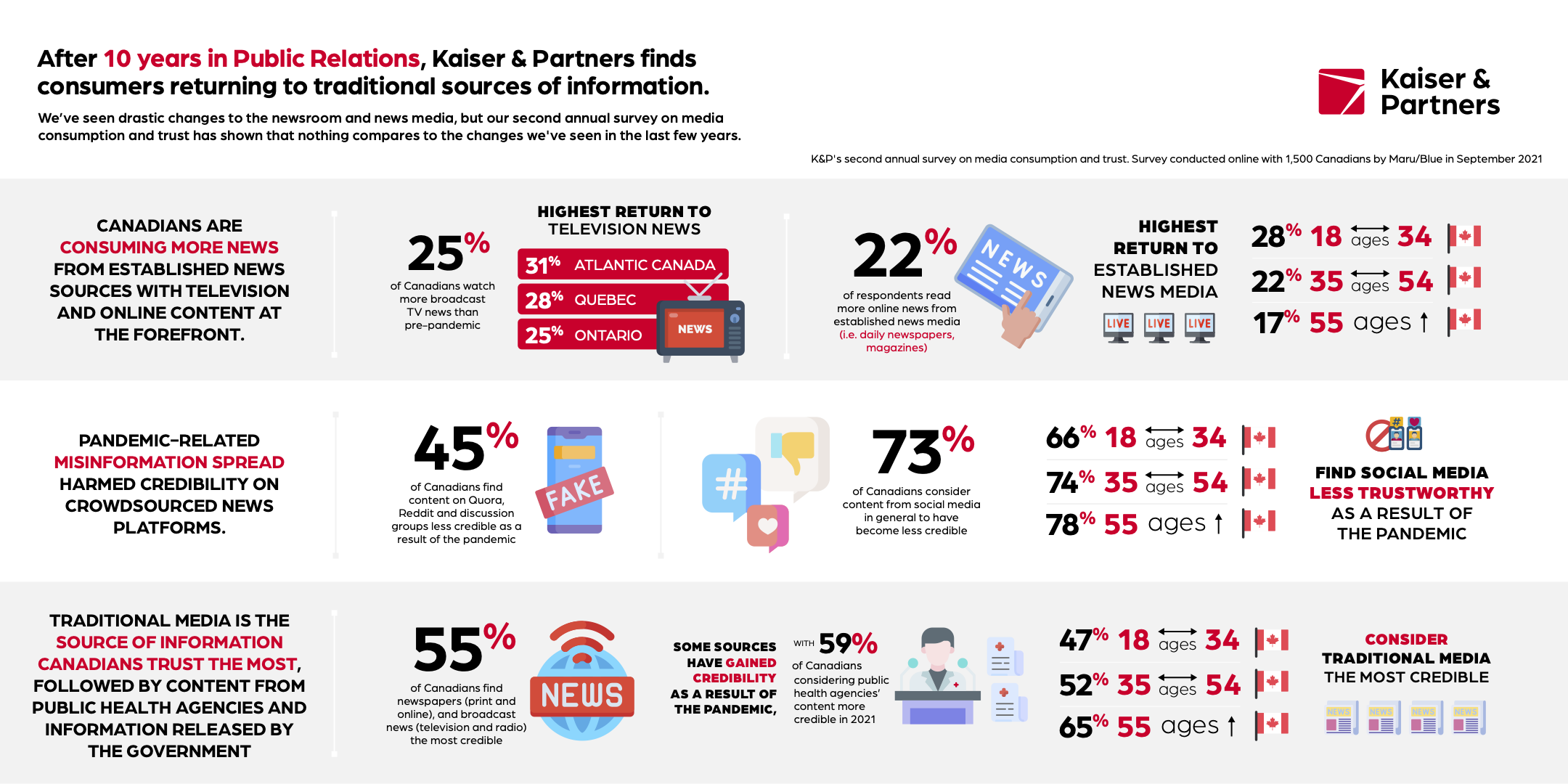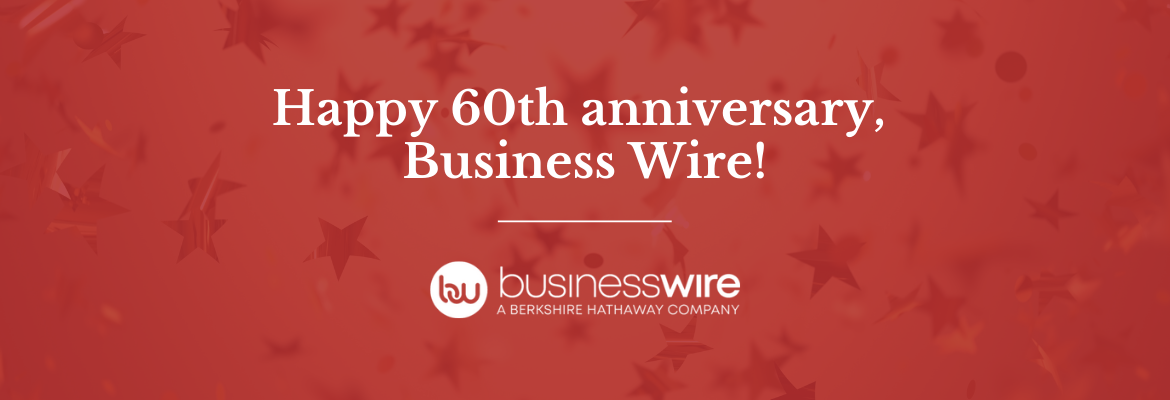By Sneha Lohtia, Student Representative, University of Guelph-Humber
Mark your calendars, your favourite event is back! CPRS Toronto’s Student Steering Committee is excited to host the much anticipated bi-annual Passport to PR event next week – and this time we’re switching things up a bit.
We are going virtual for the second consecutive year and attendees can expect exclusive insight into the PR industry from the best the city has to offer. However, the SSC is taking a bit of a different approach.
“In the past, Passport to PR brought students behind the curtains of Toronto’s leading PR agencies,” said Luxshana Sivaneswaran, President of the Student Steering Committee.
For the first time ever, Passport to PR will host three industry-specific days where each day will solely feature speakers that specialize in their respective stream of PR.
“Public relations is a growing industry. It feels as though every day a new role that didn’t even exist just a few years ago is created to meet new demands,” said Luxshana. “I believed it would be a missed opportunity if we didn’t highlight a broader variety of pathways for students… which is why I thought students would find it more valuable if we segmented our event thematically and brought different perspectives to each area.”
Attendees can expect a day of influencer relations on Tuesday, where they will hear from the best in the biz including two agencies with a broad influencer portfolio and an influencer management agency!
- Veritas Communications
- Faulhaber Communications
- Shine Talent Group + Sarah Landry
- North Strategic
Wednesday will be dedicated to consumer public relations and will include an exciting line-up of Toronto’s top agencies;
- APEX/Ruckus Digital
- Edelman
- Craft PR
- 1Milk2Sugars
The event will wrap up on Thursday with a day of government relations that will feature insightful conversations from government PR professionals who work in provincial, municipal and agency.
- Town of Milton
- Proof Strategies
- Ministry of Transportation
- Earnscliffe Strategies
“The idea is, whichever themes we don’t feature this term, we will in March,” says Luxshana.
All three days are guaranteed to provide a behind-the-scenes look into what life as a PR pro is like and offer some amazing opportunities to connect with the city’s top practitioners!
“Looking forward to meeting the next cohort of Toronto’s top public relations talent and future of our industry,” said Nina Kalos, EVP and General Manager of Veritas Communications.
Attendees can register for the event and purchase tickets here.
The Student Steering Committee is also hosting an Instagram giveaway for one ticket to a day of your choosing to the event. Enter here.
Don’t forget to follow the SSC on Instagram and Twitter to stay updated on the event and all things CPRS!
